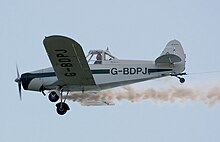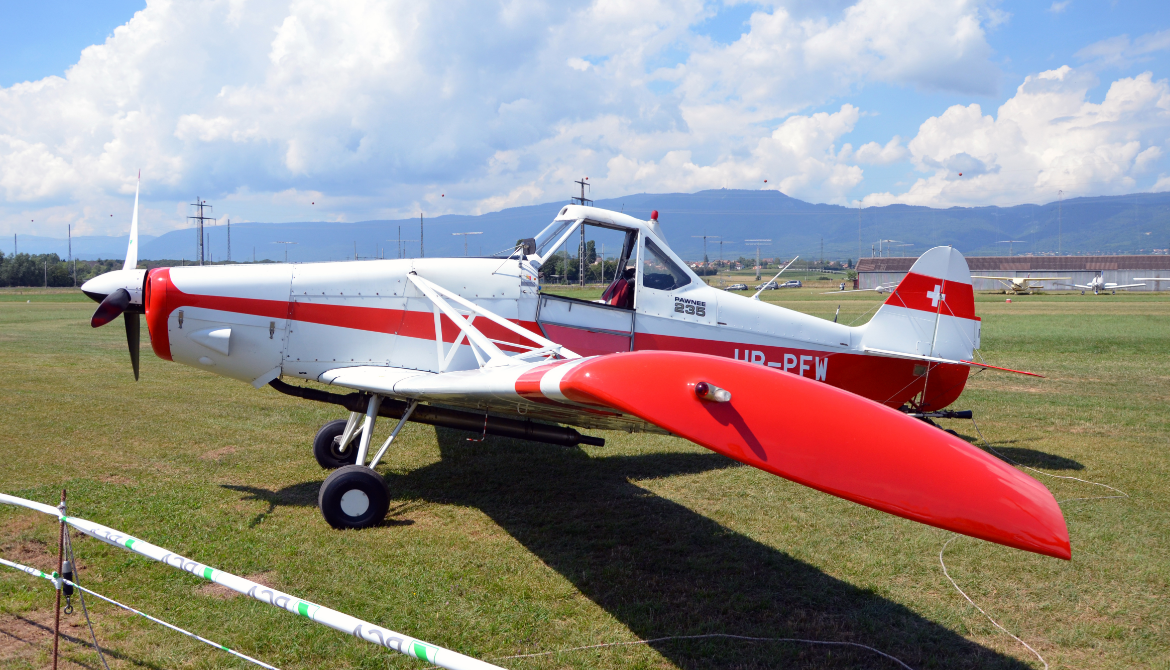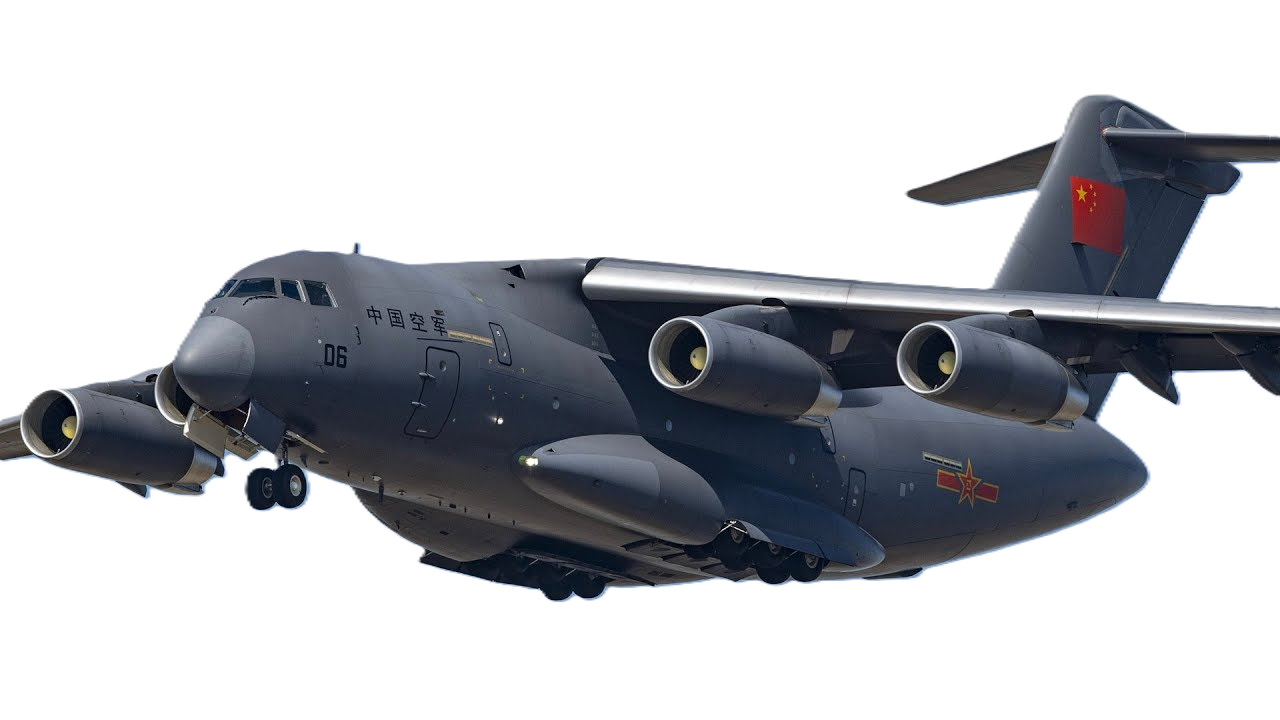Piper PA-25 Pawnee is an agricultural aircraft
 |
|
| General information | |
|---|---|
| Type | Agricultural aircraft Towplane |
| National origin | United States |
| Manufacturer | Piper Aircraft |
| Designer | Fred Weick |
| Number built | 5,167 |
| History | |
| Manufactured | 1959-1981 |
| Introduction date | August 1959 |
| First flight | 1957 |
|
|
|
|
|---|
.
History Piper aircraft, Inc.
Piper PA-25 Pawnee is an agricultural aircraft
built between 1959 and 1981 by Piper Aircraft.
 The PA-25 Pawnee is an agricultural aircraft produced by Piper Aircraft between 1959 and 1981. It remains a widely used aircraft in agricultural spraying and is also used as a tow plane, or tug, for launching gliders or for towing banners. In 1988, the design rights and support responsibility were sold to Latino Americana de Aviación of Argentina.
The PA-25 Pawnee is an agricultural aircraft produced by Piper Aircraft between 1959 and 1981. It remains a widely used aircraft in agricultural spraying and is also used as a tow plane, or tug, for launching gliders or for towing banners. In 1988, the design rights and support responsibility were sold to Latino Americana de Aviación of Argentina.
-
Design and development
Most agricultural aircraft before 1949 were converted military aircraft and it was in that year that Fred Weick, based at Texas A&M University, designed a dedicated agricultural aircraft: the AG-1. The AG-1 first flew on 1 December 1950.
During 1953, Fred Weick was approached by Piper to become a consultant on the agricultural version of the PA-18, the PA-18A, in particular to design and test a distributor for dust and seeds. A few weeks later, Piper sponsored Texas A&M University to design a dedicated agricultural aircraft based on the AG-1 but to use as many PA-18A and PA-22 components as possible. The resulting design, the AG-3, was smaller than the AG-1 and had a steel tube fuselage which was fabric covered
Variants
- AG-3
- Prototype built at Texas A&M University.
- PA-25-150 Pawnee
- Initial production version fitted with a 150 hp (110 kW) Lycoming O-320 engine. Payload of 800 lb (360 kg) powders or 145 US gal (121 imp gal; 550 L) liquids.

PA-25-235 Pawnee B towing a glider 
The Swift Aerobatic Display Team at Kemble Battle of Britain Weekend 2009. A Swift glider is performing continuous full rolls while being towed by a Pawnee - PA-25-235 Pawnee B
- Fitted with a 235 hp (175 kW) Lycoming O-540-B2B5 six-cylinder engine. The Pawnee B featured a larger hopper and an increased payload of 1,200 lb (540 kg).
- PA-25-235 and PA-25-260 Pawnee C
- The Pawnee C was an upgraded version of the 'B' model and was available with a 235hp or a 260hp high compression version of the O-540 engine and either a fixed pitch or constant speed propeller. The fuselage of the Pawnee C featured a quickly detachable 'turtledeck' panel to ease the rinsing out of spilt corrosive agents from the fuselage structure and to facilitate servicing and inspection of components housed in the rear section of the fuselage.
0
KmCeiling
0
KmMAX RANGE
0
Km.hAircraft Speed
0
Max Crew
Photo Gallery
Piper aircraft, Inc.
Piper PA-25 Pawnee is an agricultural aircraft
built between 1959 and 1981 by Piper Aircraft.


Piper aircraft, Inc. Piper PA-25 Pawnee is an agricultural aircraft built between 1959 and 1981 by Piper Aircraft.
General characteristics
- Crew: one pilot
-
Capacity: one passenger
- Useful load: 455 lb (205 kg)
- Length: 22 ft 5 in (6.83 m)
- Wingspan: 35 ft 3 in (10.74 m)
- Height: 6 ft 8 in (2.03 m)
-
Powerplant
- Empty weight: 1,488 lb (675 kg)
- Max takeoff weight: (1,315 kg)
- Fuel capacity: 40 US gal (33 imp gal; 150 L)
- Powerplant: 1 × Lycoming O-540-B2B5 air-cooled six-cylinder horizontally-opposed engine, 235 hp (175 kW)
Specifications
- Maximum speed: 180 km/h,at sea level
- Cruise speed:(160 km/h,(75% power
- Stall speed: 98 km/h, (flaps down)
- Range: (480 km, (75% power, full fuel
- Service ceiling: 13,000 ft (4,000 m)
Aircraft of comparable role
Links to Youtube & Others
In 2019, Australia's Civil Aviation Safety Authority formally approved the issuing to eTugs of Certificates of Airworthiness in the Limited category for the purpose of glider towing.
Piper aircraft, Inc.
Piper Pa-25 Pawnee
Early models of the Pawnee had a single fuel tank located between the agricultural hopper and the engine.
Youtube Link
A useful design aspect was the ability to carry a mechanic on a jump seat fitted in the hopper to assist with operations at remote stations










.png)


.png)